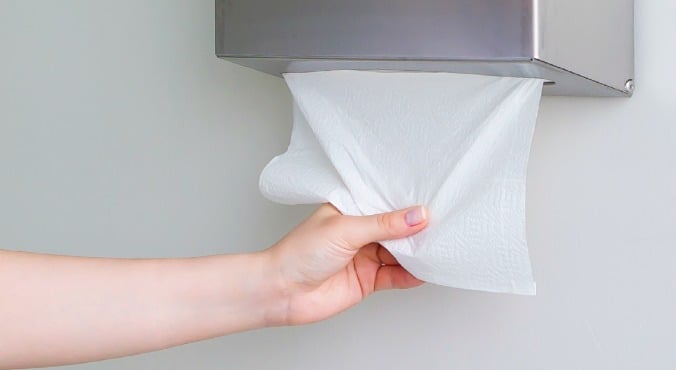
Image: iStock.
Simon Lockrey, RMIT University.
It’s the age-old question that continues to baffle many of us in the bathroom: when you come to drying your hands, should you reach for the paper towel, or the electric dryer?
For some, this decision might be related to hygiene, and for others, drying performance. For many, environmental concerns are also an important consideration, no doubt motivated by the fact that our daily activities contribute to the complex web of growing sustainability pressures facing the planet.
So how might we decide which of the two most common methods of drying our hands — paper towel or an electric dryer – is the most effective, and environmentally friendly, without resorting to the convenient wipe on the trousers? (Post continues after video.)
Using this analysis, we can search out “hot spots” – those parts of the life cycle which have higher impacts – to identify the most important aspects for our analysis.
The heat on hand-dryers
So let’s cut to the chase: what are the hot spots for the most common hand drying systems?
Life cycle research consistently shows that the environmental impacts of the electricity and towels used at the point when we dry our hands dwarf the impacts throughout the rest of the life cycle. These include the materials, manufacturing, and disposal of hand-dryers and towel dispensers.






























































































